Saw this photo in March but held onto it until now because, I can’t seem to find out if it is a hoax or just AI….

…there is Guinness coffee, fudge and even potato chips, so could be possible.
Either way, have a fun and funny April Fool’s Day.

Follow Sean Inman to the best in craft beer
Saw this photo in March but held onto it until now because, I can’t seem to find out if it is a hoax or just AI….

…there is Guinness coffee, fudge and even potato chips, so could be possible.
Either way, have a fun and funny April Fool’s Day.
I know that cans will be like gold as these DisUnited States flings tariffs around but it doesn’t explain why I have yet to see these Guinness cans at all in my beer shopping adventures….
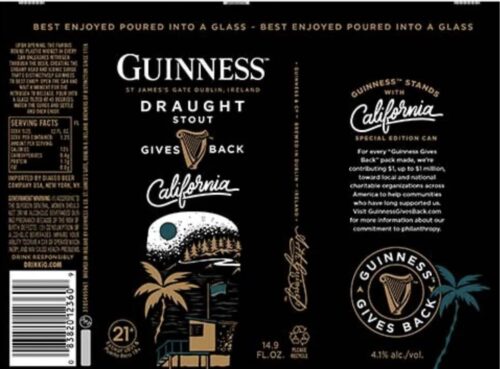
…would like to have some for my at home St. Patrick’s Day sorta revels.
Combine history and beer and I am in and I quickly pre-ordered Filthy Queens by Dr. Christina Wade that covers the history of beer in Ireland.
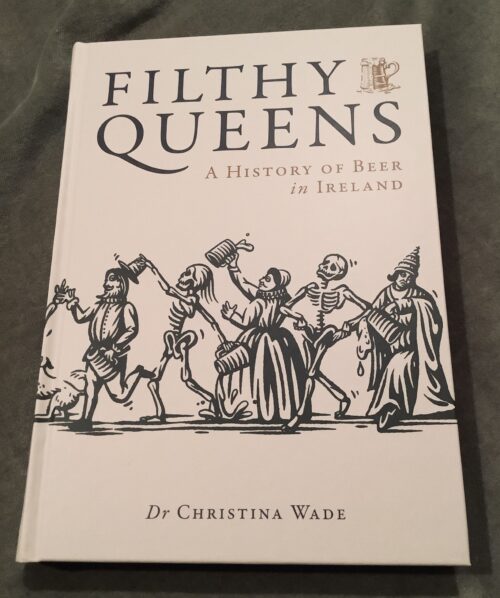
My overriding history book guide is that if it is textbooky then it is not good. History, when written well, can be electric. Most school taught history though is dry as dust.
Preamble aside, Wade has put fun into this gallop through Ireland and its brewing history from 300 AD up to 1900. I mean gallop because it is under 200 pages. Part of the reason is that back just over a century ago, a fire broke out in Dublin and the flames consumed a lot of historical documents. Making a hard task even harder and necessitating comparing other countries and making leaps and guesses as to what could have happened in Ireland.
I knew that I was in good hands when an Untappd joke appears on the pages of this book. Wade doesn’t bog you down with dates and instead finds little personal moments where people and beer intersected through the years.
The only down note is that the book ends at 1900. I know I wasn’t going to get modern craft beer in Ireland but I think the boundary end could have been up to pre-WW2 where there are more sources and info that could be passed on.
Every chapter of Filthy Queens had a nugget of learning, if not more and I am sure I will be referencing this book in the future.
I do not know if as a youngster with internet if I would have participated in viral challenges with either ice water or cinnamon or whatnot but I may have tried my hand at this…
Is it silly, yes. Will it be tremendously uncool come 2025? Most certainly. But it is causing supply line havoc as Guinness gets more pours and as noted drinks writer, Pete Brown has theorized, it may cause a knock-on effect of when he Guinness is gone, stout drinkers may look for other stouts to try.
Well, I will need to try this during the summer….
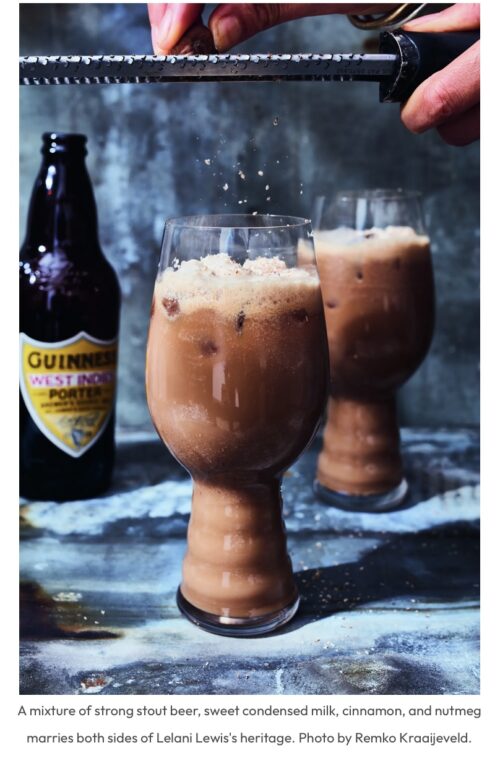
A few years back, I was instructing at a summer school on the culinary history of the Caribbean. During the interactive workshop, students devised food rituals, summoned significant food memories, and crafted a Caribbean cocktail. They chose to make a Guinness Punch—a favorite on several British-colonized islands. This mixture of strong stout beer, creamy, sweet condensed milk, and a hint of cinnamon and nutmeg is a delightful fusion of flavors.
Guinness was known to me through both sides of my family. The Irish connection was apparent since Guinness was founded in Dublin, but why was it also known from the Caribbean side? As it turns out, in the seventeenth century, the Irish were engaged as contract laborers on plantations in the Caribbean. Due to their substantial presence in the area, Guinness decided to export beer there—with more alcohol and hops, ensuring it stayed good during the transatlantic journey. When I learned this, I felt a strong sense of connection: the unlikely merging of two clashing cultures had given rise to something beautiful and tasty and no, I’m not referring to myself!
Ingredients
Instructions
Heard this on the Good Food podcast. Which I highly suggest listening to.
Haven’t been on Netflix for awhile. Too busy catching up on shows on other streamers but they have recently announced an interesting beer series helmed by “Peaky Blinders” writer Steven Knight. Called House of Guinness (for now) it will tell the story of The Guinness Family. Yes, that one.
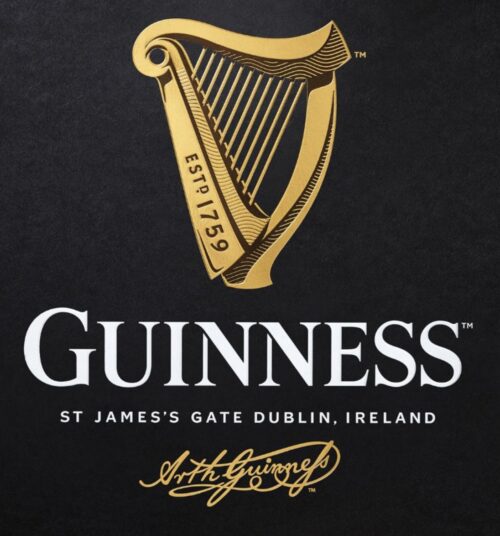
It “will be set in the 19th-century in both Dublin and New York, and will focus on the aftermath of the death of Benjamin Guinness, who is frequently credited with the brewery’s long-standing fame and success. The plot will follow Benjamin’s children Arthur, Edward, Anne, and Ben as they navigate the challenges of the business in the wake of their father’s passing.”
The Maryland outpost of Guinness has had some drinks that made me want to be on the East Coast and one such brew is Luck of the Dragon, brewed for Lunar New Year. It is a “5.0% ABV ale is infused with dragon fruit powder and orange purée, giving it this stunning fuchsia color.”
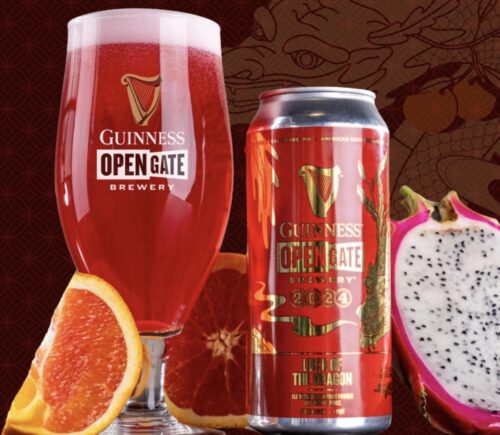
If that wasn’t reason enough, sales of the lucky beer goes “to support the extraordinary artists at Baltimore’s Asian Pasifika Arts Collective, a nonprofit organization dedicated to using art to promote the representation of Asian Americans in everyday life and build connections across communities.”
An Irish-American spin on a holiday ale comes to us from the Guinness Open Gate in Baltimore.
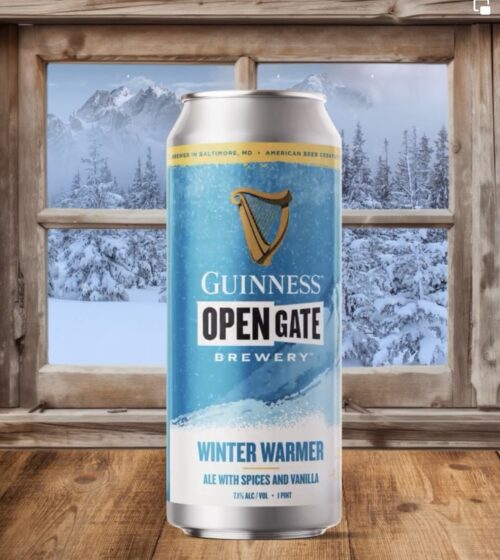
“This seasonal brown ale is brewed with whole nutmeg, cinnamon sticks, and hand-scraped vanilla beans. The malty base brings out the caramel notes, and hints of baking spice give it a robust but balanced finish.”
I saw this graphic posted a few days ago…
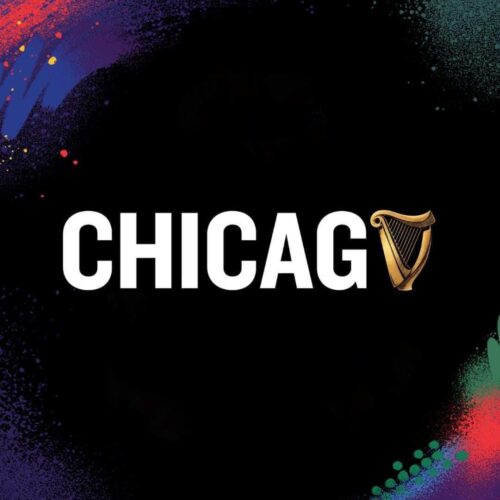
…I will pass on more information as it rolls in. Green rivers on St. Patrick’s Day plus Guinness is a good mix.
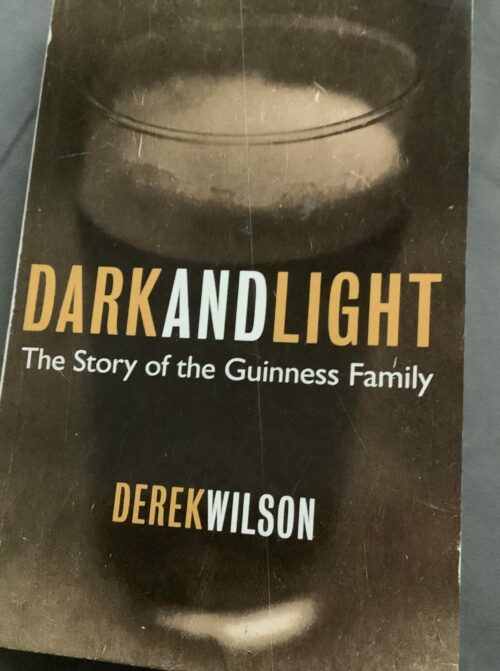
Right up front, if you want a story about the beer of Guinness, go elsewhere. This is a biblical style survey of a LOT of the Guinness family from the first Arthur all the way to Guinness being family free under Diageo. You learn very little of St. James Gate.
This is also not a quick or fun read. This is slow and in tiny print with a cavalcade of names being thrown at you. There are helpful family trees sprinkled throughout the book but even with those guideposts, it is hard to keep track especially when titles started getting added and Edwards become Lords of this or that.
A third thing that made this hard was the money being spent. Every Guinness it seemed had more than enough money to buy house after estate after castle. Maybe in 2023, I am too aware of the 1% lording over the rest of us that reading about it happening back then just left me a little bitter.
Those three issues aside, Wilson introduces us to so many people who are worthy of books just about them. Granted some of these Guinnesses would need to be looked at with a very critical eye but interesting politicians, sailors, bankers and writers nonetheless. And the financial kerfuffle of the Guinness purchase of DCL Distillers is more than likely already a book about how not to run a merger and / or acquisition.
But if you have a Guinness in the fringe and a hankering for Irish history through the prism of one extended family, you will find some interesting stories.